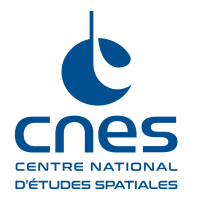Entre 2010 et 2014, le satellite Picard a réalisé plus d'1 million d’images du Soleil et bien d'autres mesures. Elles sont aujourd'hui analysées afin de mieux comprendre le fonctionnement de notre étoile et la variabilité de son activité.
Informations essentielles
| Mission | Étude du Soleil |
|---|---|
| Domaine CNES | Sciences |
| Date de début | Lancement le 15 juin 2010 |
| Partenaires | CNRS, LATMOS, Bureau suisse des affaires spatiales, Service public fédéral de programmation politique scientifique de Belgique, les laboratoires PMOD de l'Observatoire de Davos et l'Institut Royal de Météorologie de Belgique (IRMB) |
| Lieu | Orbite héliosynchrone à 725 km du Soleil assurant une vision quasi-ininterrompue du Soleil |
| Durée | Mission terminée le 4 avril 2014 |
| Statut du projet | Terminé |
Chiffres clés
-
150
kg : masse du satellite
-
>1
million d’images du Soleil réalisées par le satellite
-
3
instruments à bord
-
90
cm x 80 cm x 110 cm : dimensions du satellite
Dates clés
- 4 avril 2014 : Fin de la mission
- 15 juin 2010 : Lancement du satellite Picard par DNEPR
- Juin 2007 : Début de l’intégration du satellite
- Décembre 2004 : Le CNES approuve le projet
- Février 2000 : Début du projet Picard
Le projet en bref
Quel est le diamètre du Soleil ? Au 17e siècle, le français Jean Picard est le premier astronome à réaliser des mesures rigoureuses. Entre 2010 et 2014, le micro-satellite Picard a effectué de nouvelles observations d'une extrême précision. Il a également mesuré la vitesse de rotation du Soleil sur lui-même, son aplatissement aux pôles et la puissance rayonnée (irradiance totale et spectrale) et sondé l'intérieur de notre étoile par la méthode de l'héliosismologie.
L'analyse et la valorisation de toutes ces données se poursuivent aujourd’hui dans des laboratoires scientifiques. Elles permettront d'améliorer la compréhension du fonctionnement de notre étoile et son impact sur le climat de notre planète.
Rôle du CNES dans le projet
Initiateur de cette mission, le CNES était responsable du développement de la plateforme du satellite, issue de sa filière Myriade, et de son exploitation en vol.
Contact CNES
Responsable thématique (SHM) Soleil, Héliosphère, Magnétosphères du CNE
Kader AMSIF
Courriel : kader.amsif at cnes.fr


